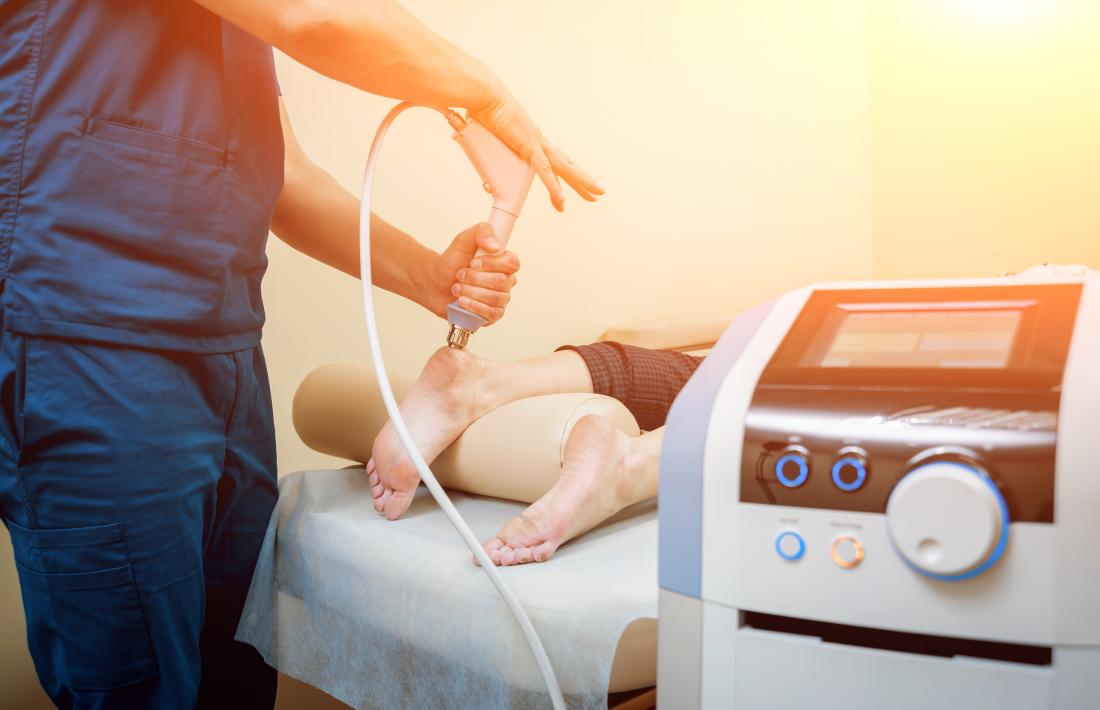Introducing the Complexities of Excessive Sweating: A Comprehensive Overview to Diagnosis and Monitoring
Too much sweating, clinically understood as hyperhidrosis, is a problem that impacts a significant number of individuals and can have an extensive influence on their top quality of life. While sweating is an all-natural bodily function, its overactivity in hyperhidrosis presents an one-of-a-kind collection of difficulties that usually go past mere pain.

Recognizing Hyperhidrosis Causes
Hyperhidrosis triggers can be associated to different aspects such as genes, hormone discrepancies, and particular clinical problems. Genes play a substantial duty in key focal hyperhidrosis, where individuals inherit the condition from their household members. By recognizing the details elements contributing to excessive sweating, healthcare carriers can tailor therapy strategies to deal with the underlying reason, offering alleviation and boosting the quality of life for people affected by hyperhidrosis.
Recognizing Hyperhidrosis Symptoms

In addition, hyperhidrosis signs and symptoms may show up in social and emotional distress, as individuals might really feel embarrassed or anxious about their sweating, causing avoidance of social situations (Sweaty hands treatment). Furthermore, duplicated episodes of too much sweating can result in skin maceration, fungal infections, and a total reduction in self-confidence
Diagnostic Process for Hyperhidrosis
Starting the analysis process for too much sweating involves comprehensive evaluation of the person's case history and health examination. Asking about the start, period, and activates of sweating episodes is essential to separate in between primary focal hyperhidrosis and additional generalised hyperhidrosis. Case history should likewise include questions concerning drugs, medical conditions, and family members background of hyperhidrosis.
During the checkup, specific attention is paid to the locations influenced by sweating. The doctor might analyze the extent of sweating, look for signs of underlying problems, and assess the influence of sweating on the individual's high quality of life. Furthermore, certain examinations like the gravimetric examination, starch-iodine examination, or skin conductance measurements may be conducted to evaluate the amount of sweat generated.
Furthermore, in cases where secondary hyperhidrosis is presumed, additional examinations such as blood tests, urine examinations, and imaging researches may be recommended to determine the underlying reason of excessive sweating. click here for info The diagnostic process intends to accurately figure out the kind and reason of hyperhidrosis to guide suitable management methods.
Treatment Options for Hyperhidrosis
When resolving excessive sweating, numerous therapy choices are available to reduce symptoms and enhance the person's quality of life. The treatment technique for hyperhidrosis relies on the extent of signs and the individual's response to preliminary treatments.
Topical treatments, such as aluminum-based antiperspirants, are usually suggested as the initial line of protection for handling light cases of hyperhidrosis. For people with much more serious signs, dental medications like anticholinergics might be suggested to help decrease sweating.

Effective Management Methods
To properly take care of hyperhidrosis, a personalized and thorough therapy strategy tailored to the individual's specific needs and response to previous treatments is vital. This plan may include a combination of therapeutic techniques, including lifestyle alterations, topical treatments, dental drugs, botulinum toxin injections, iontophoresis, and in extreme cases, medical interventions like sweat gland removal or sympathectomy. Way of life adjustments such as putting on moisture-wicking clothing, utilizing antiperspirants, and practicing stress-reducing strategies can enhance clinical treatments. Topical antiperspirants including aluminum chloride are often the first-line treatment, with stronger formulas readily available for immune situations. Oral medicines like anticholinergics might be prescribed for generalised hyperhidrosis. Botulinum contaminant injections are reliable for focal hyperhidrosis, supplying short-term alleviation by obstructing the release of acetylcholine. Iontophoresis, involving using a reduced electric present to reduce gland activity, can be helpful for both palmoplantar and axillary hyperhidrosis. Surgical alternatives are commonly booked for serious, refractory cases and require cautious factor to consider of advantages and threats. A multidisciplinary strategy including skin doctors, health care physicians, and, if essential, doctors, can enhance the monitoring of hyperhidrosis.
Final Thought
In final thought, hyperhidrosis is a problem defined by extreme sweating, which can considerably affect a person's quality of life. By comprehending the reasons, acknowledging the symptoms, and going through the analysis procedure, healthcare service providers can effectively handle this condition. Treatment alternatives include topical medications, oral medicines, shots, and even surgeries in severe cases. With appropriate diagnosis and monitoring strategies, people dealing with hyperhidrosis can locate relief and improve their overall health.
Extreme sweating, medically recognized as hyperhidrosis, is a condition that influences a significant number of people and can have an extensive effect on their quality of life. By determining the details variables adding to extreme sweating, medical care service providers can tailor therapy plans to resolve the underlying cause, offering relief and boosting the top quality of life for individuals affected by hyperhidrosis.
Hyperhidrosis, defined by excessive sweating past what is needed for managing body temperature level, can dramatically impact an individual's top quality of life. Asking regarding the start, period, and triggers of sweating episodes is essential to separate in between key focal hyperhidrosis and second generalised hyperhidrosis. How to stop sweaty hands.In verdict, hyperhidrosis is a problem identified by too much resource sweating, which can greatly affect an individual's quality of life